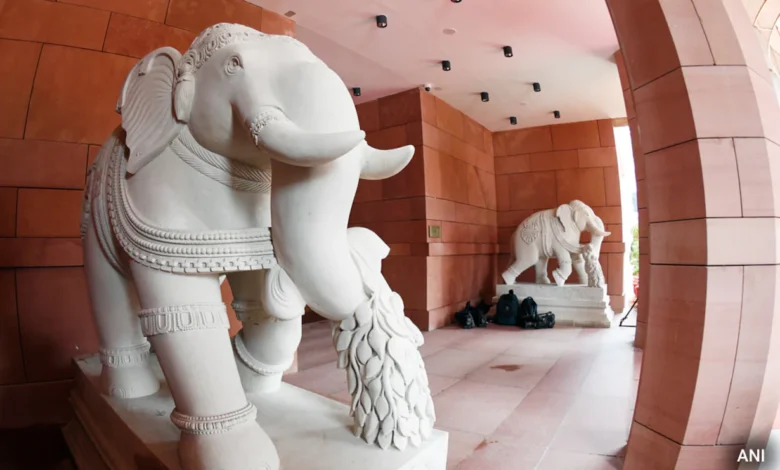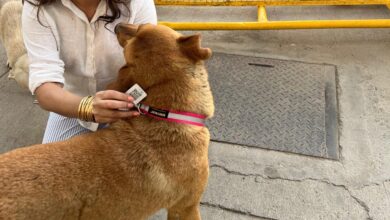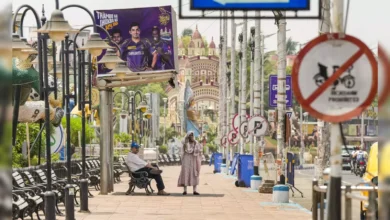Symbolism behind the 6 creatures that guard the gates of the new Parliament building
Each of these creatures signifies different aspects of the Parliament that represents 140 crore Indians.

The statues and other architectural motifs inside the new parliament building have captured the country’s imagination. The new Parliament building has six gates named after creatures — some real, others mythological. In this regard, particular attention must be paid to the statues in the six entrances that were inspired by old sculptures.
The six beautifully built gates are Gaja Dwar, Ashwa Dwar, Garuda Dwar, Makar Dwar, Shardula Dwar and Hamsa Dwar as reported by the NDTV.
About the 6 gates-
Gaja Dwar
The Gaja Dwar has two elephants made of stone, inspired by statues at Madhukeshwara temple at Banavasi in Karnataka which date back to the 9th century CE. It represents intellect, memory, wealth and wisdom. It’s a gate to the north of the building. According to Vaastu Shashtra, the North is connected with Mercury, and they believe it’s an intellectual source.
Ashwa Dwar
The Ashwa Dwar is adorned with two horse statues as a nod to the 13th-century CE sculptures at the Sun Temple in Odisha. A horse represents the strength, courage, and power that are desirable in leaders.
Garuda
Garuda, the king of birds, is honoured with a gate named in his honour. Garuda is thought to be Lord Vishnu’s steed. The Garuda gate is the eastern entrance of the new Parliament building. The statues of Vishnu’s mount (vahana) in the Garuda Dwar were modelled from Tamil Nadu sculpture from the Nayaka period in the 18th century CE.
Makara Dwar
The mythical sea creature that is a hybrid of several animals is the inspiration for the name Makara Dwar. Makara sculptures, a typical motif for gateways, can be found in Hindu and Buddhist structures all over South and Southeast Asia. The Makara Dwar faces the entrance to the old Parliament building.
Shardula
The fifth gate bears the name of Shardula, a mythical beast with a lion’s body and an animal, bird, or elephant’s head. According to the official remark, Shardula’s appearance at the gate of the new parliament building represents the might of the nation’s citizens.
Hamsa Dwar
The swan is the inspiration for the name of Parliament’s sixth gate, Hamsa Dwar. Saraswati, the Hindu goddess of knowledge, rides on Hamsa. The flight of Hamsa represents moksha, which is the soul’s release from the cycle of birth and death. The Hamsa sculpture on the Parliament’s gate is a representation of wisdom and self-realization.
The Shardula, Hamsa, and Makara dwarfs have statues that are modelled after works from the Hoysaleswara Temple in Karnataka, the Vijay Vithala Temple in Hampi, and the Gujri Mahal in Gwalior.
Nearly 5,000 works of art, including paintings, wall panels, stone sculptures, and metal murals, are shown throughout the new parliament building.
The new Parliament House is a four-story building with a built-up area of 64,500 square meters. It contains two chambers: the 384-seat Rajya Sabha and the 888-seat Lok Sabha, which together may hold 1,272 members for a combined session of both Houses, according to a report by ET.
Please, also have a look into : India’s old Parliament house: The history behind it



